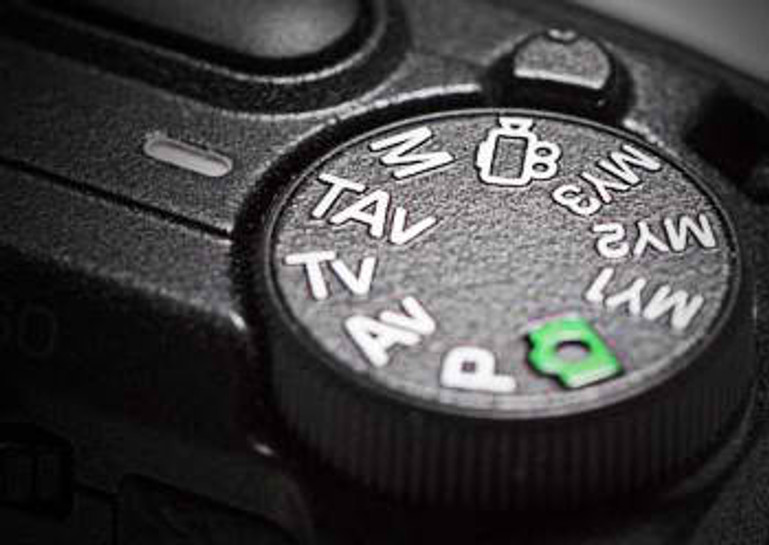When out shooting on the streets of Vancouver I often find Auto Focus too slow and given my shooting style difficult to find and lock on the subject. Unfortunately the current state of manual focus and depth of field scales on lenses leaves a lot to be desired and pretty much rules out the use of zone focusing.
My favourite camera lens combinations have very adept smart work arounds that I use all the time. I will attempt an explanation and I stress your mileage may vary.
To start with I tend to use manual exposure and auto ISO. How this works is I set the shutter speed to best cover my shooting style and subject movement, the F Stop is set to accommodate as large a zone of focus as I am comfortable with in the shooting situation and what works best with the focal length of the lens on the front of the camera.
What is more often than not – not available is the exposure compensation function which is unfortunate and something I simply don’t understand, that aside the new Sony mirror-less full frame A7/A7R allows access to the exposure comp dial in manual exposure, auto ISO mode proving it can be done.
In the m4/3rds mirror-less world the Olympus E-M1, E-M5, E-P5, and E-M10 all allow manual exposure with Auto ISO but no access to the exposure compensation function. Panasonic m4/3rd cameras are super mirror-less cameras but do not allow manual exposure with Auto ISO and Panasonic needs to get with the program, and the sooner the better.
Full marks to Ricoh/Pentax – they have added a mode on their cameras mode dial called TAv which allows manual exposure, auto ISO, and full access to the exposure comp dial. Anyone street shooting with the highly evolved Ricoh GR can truly appreciate this mode along with the SNAP (zone) focus mode.
In the case of Sony A7/A7R cameras equipped with the appropriate adapter such as the newest Voigtlander M to Alpha NEX and a Leica 28mm Elmarit @ F8 with the subject distance set to three meters (9.84 feet) you end up with the zone of focus at a whopping five feet to 108 feet. If you don’t have a Leica 28mm Elmarit laying around you might consider the Voigtlander Nikon mount 28mm F2.8 and a Metabone’s Nikon to Alpha NEX adapter for use on the A7/A7R. The Voigtlander Nikon mount 28mm F2.8 is about a quarter of the price of the Leica Elmarit and in my opinion performs equally well. I have always liked Voigtlander lenses – they are always well built and perform way above their price point.
Similarly the mirror-less Olympus m4/3 bodies with the 17mm F1.8 (34mm in 35mm full frame terms) mounted and set at a subject distance of three meters (9.84 feet) the zone of focus is four feet to infinity. Olympus makes two fixed focal length lenses (17mm F1.8 and the 12mm F2.0) that have a pull back ring that puts these lenses into manual focus and can also be set to a specific subject focus distance. This makes for a quick easy way to set-up a zone of focus. Kudos to Olympus for being so innovative. I had hoped their new 25mm F1.8 (50mm equivalent) would have come equipped with the so called manual focus pull back ring – unfortunately it does not.
Another very good camera and a bit of a personal favourite is the Fuji X100S which allows manual exposure/auto ISO but turns off the exposure comp dial for some strange reason and Fuji should fix this in this otherwise excellent camera. In manual focus mode a scale appears on the LCD and the lens can be set to a specific subject distance – although the zone of focus is indicated on the scale (depending on the F stop being used) I believe they are using the 35mm equivalent instead of the lenses actual 23mm lens focal length. I keep a copy of the Depth Of Field Master app on my iPhone for reference purposes – and it is a excellent app for understanding how zone focus (hyper-focal distance) works.
All of the above with the exception of Auto ISO takes most of the automation out of my shooting experience. What is unfortunate is most cameras don’t allow a lot of what I have described here and as a result – why I am careful in my camera purchases.
Check-out www.flickr.com/photos/streetfusion
Written by Terry Cioni





